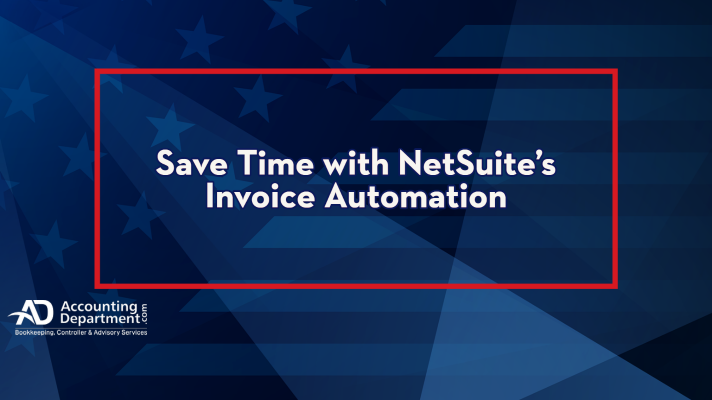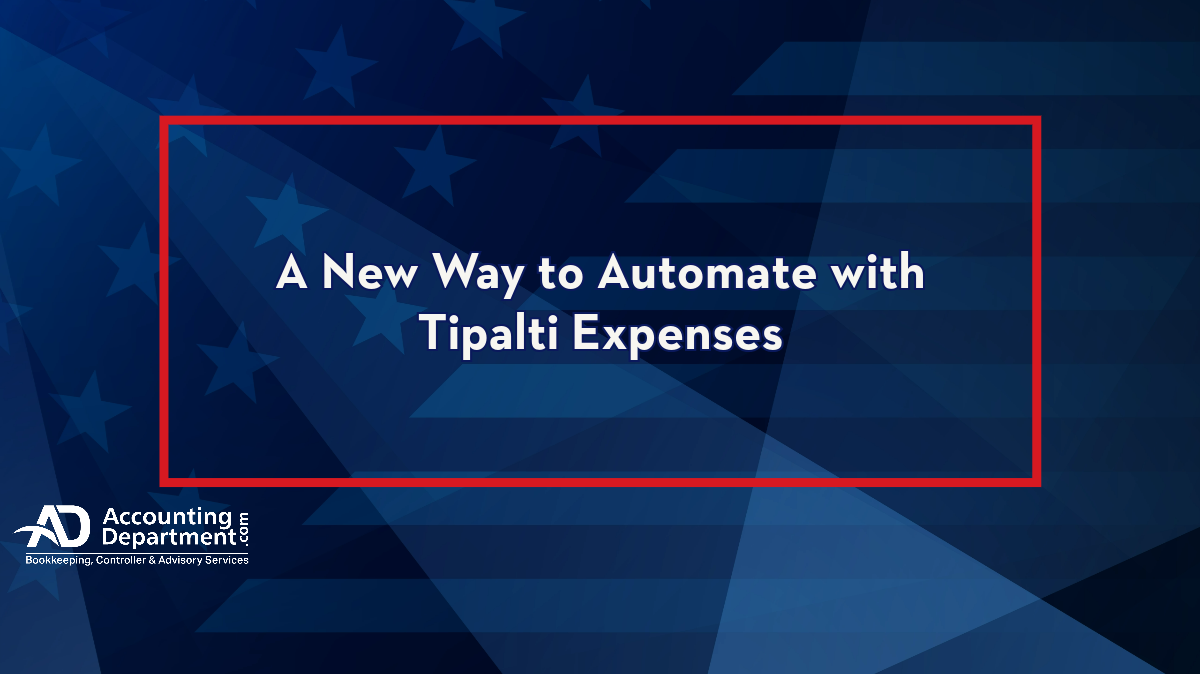As an entrepreneur or manager/owner of a busy small to medium-sized enterprise, it’s essential that you use tools to automate as many processes as feasible to keep things running smoothly. You can do less with more when you pick the right kind of technology and software solutions.
A case in point is the drudgery and detailed work that must go into handling all of the invoices your business receives. Suppose you free up some time for your staff with automation so they can focus on more demanding tasks. In that event, it can help put your company ahead of competitors who are unaware of such solutions or do not have the wherewithal to initiate them.
With that in mind, here is how automated invoicing with NetSuite is beneficial for business owners like yourself.
About Automated Invoicing
In a nutshell, automated invoicing is based on specialized financial software that takes care of receiving, managing, and paying invoices from your vendors and suppliers.
It functions behind the scenes, monitoring for paper-based or electronic invoices submitted by vendors and then it scans and monitors the invoices to prepare for automatic payments.
How Automated Invoicing Can Improve Your Core Processes
Consider what needs to happen to a paper invoice or a digital invoice when your business receives it. You have to verify that the invoice is valid and legitimate and that you have approved the expenses.
An invoice arrives for some services or items that you recently purchased, and then it must go through your company’s payables processes to see if it is for the correct amount and is eligible to be paid without delay.
You want to curb fraud and mistakes, as well as avoid problems that can come from invoices that go missing or are somehow filed incorrectly.
Seven Key Aspects of Automated Invoicing
- First, the invoice arrives. It may come electronically, such as via email to your accounting department. If the invoice is in paper format, either because of your preference or the vendor’s, it will be time to scan the paperwork using optical character recognition. There is no need for someone in accounting to actually type such details into the system when software can handle this immediately.
- Next, it’s time to add the invoice information to your organization’s accounting software, where it will be designated as a credit in your ledger.
- At this point, invoice automation software will verify the data. For example, is this a known vendor of products or services that you have dealt with before? Assuming these conditions are met, you also need to match the purchase order from the invoice to your internal purchase order. This helps reduce errors and is essential for avoiding fraud, too.
- Two-way matching of data occurs next. Does the invoice match with the purchase order details that you’ve stored internally, as well as match up with the delivery times as specified in the contract? This means, for example, that if a vendor did not meet the terms of delivery and was a month late, you may be entitled to a discount on goods or services, as spelled out in your initial arrangement with suppliers.
- When the invoice automation verifies that all of the invoice details match your team’s expectation of what is a legitimate bill, the system will categorize the invoice as being approved.
- After official approval of the invoice in question, you’ll need the system to schedule a date for payment. For some companies, the payment date will be based on the due date that the provisions specified in the invoice sheet. But your company might have a different arrangement. For example, you can get a discount if you pay before the due date.
- At last, it is time for the system to send a payment to the vendor, so you can close out the invoice and mark it as being settled.
Benefits of Using Automated Invoices
Instead of forcing your talented crew to scrutinize the details of each incoming invoice, which is a process that is prone to human error, leading to slowdowns or bottlenecks, you have invoice automation to take care of this for you without delay.
So, your processes will be more accurate and it will cost less to take care of this work than if people were involved in all of the details. Another benefit is to come later in the year when you need to run audits and must identify the source documents for the various invoices paid out so far.
Perhaps best of all, you’ll have the peace of mind that comes from knowing your invoicing system will be less prone to human error, while also allowing your staff to take on more sophisticated tasks that would benefit from their knowledge and experience, rather than just the simple ability to match invoice details to purchase orders.





